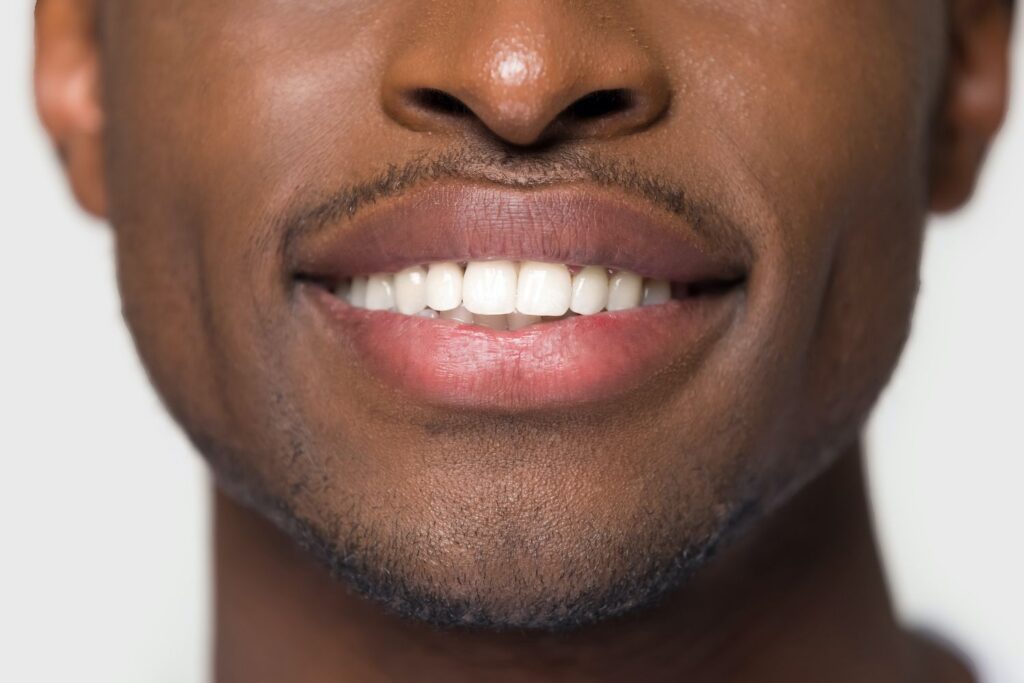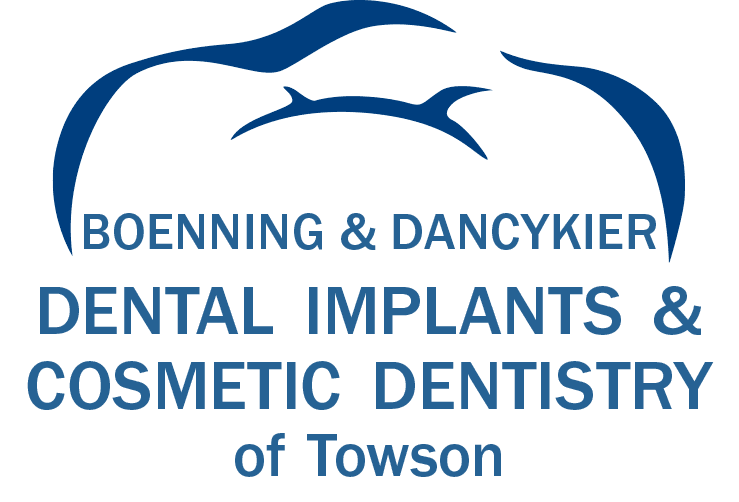Do your teeth appear yellow or darker than they once did? Over time, teeth can form stains or other aesthetic issues for a number of reasons. Deep dental discoloration will not go away with your usual oral hygiene regimen, but your dentist can use cosmetic treatments to enhance the color of your smile per your unique goals.
While a dentist can brighten your teeth, you can also preserve the look of your smile when you know what could cause this dental discoloration. Read on to learn about three factors that could lead to stains forming on your teeth.

3 Causes of Dental Discoloration
Consuming Staining Agents
A primary source of dental discoloration comes from consuming foods and beverages that contain staining agents. Dark-colored food items, like red wine, coffee, and tea, contain tannins that give them this signature color. Tannins will absorb into teeth over time, leaving stubborn stains on the surface.
These can appear as dark spots, a duller color, or yellowing. Other oral habits like smoking will stain your teeth in this way too. Avoid using tobacco products to preserve your tooth color.
You should also pay attention to your diet, taking care to limit your consumption of foods that could stain your smile. But if you do see discoloration on your teeth, ask your dentist about whitening solutions they can provide.
Underlying Dental Problems
Tooth discoloration could also form as a symptom of a larger dental problem. Cavities, for instance, can appear as white, brown, or black spots on a tooth, indicating an area where enamel has sustained damage from decay.
A dental injury such as a blow to the face can generate impact trauma that may hurt the inner pulp of the tooth. This can cause issues with blood flow in the pulp that may result in a duller color in the tooth. If you suffer this type of accident, tell your dentist as soon as you can for urgent treatment.
Poor oral hygiene could result in dental discoloration too. Lingering plaque or food particles on your teeth can cause the enamel to turn yellow or dark. Stick to a good teeth cleaning regimen to protect the look of your smile. This will include caring for your smile at home as well as attending routine check-ups at your dentist’s office.
Factors Beyond Patient Control
Even if you adhere to diligent preventative dental care, you might see a change in the color of your teeth over time. This is because stains could occur due to factors outside of a patient’s control. Certain medicines, for instance, can discolor teeth as a side effect.
Aging also impacts the dental structure, weakening the teeth over time. And teeth can then be more susceptible to staining as a result. Talk to your dentist to learn the best ways to preserve the beautiful natural color of your teeth. An individualized approach to oral health care will ensure you get the best treatment for your unique smile.
